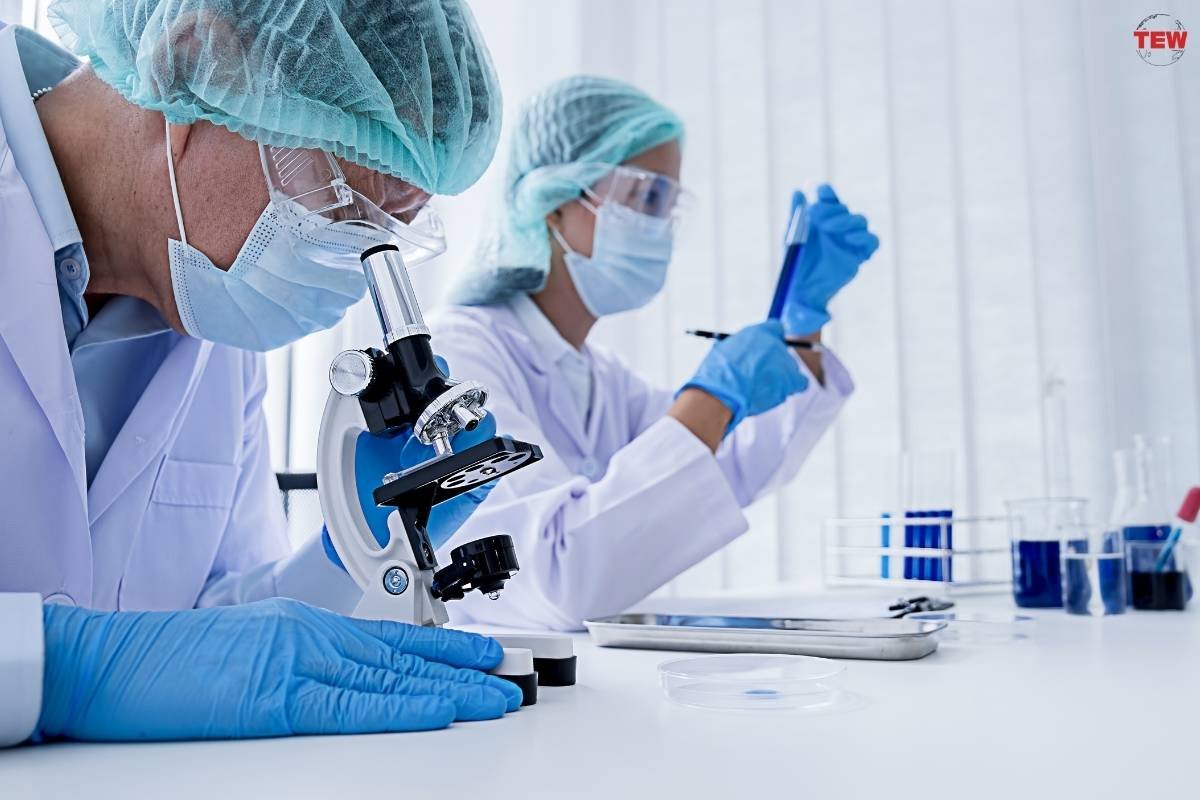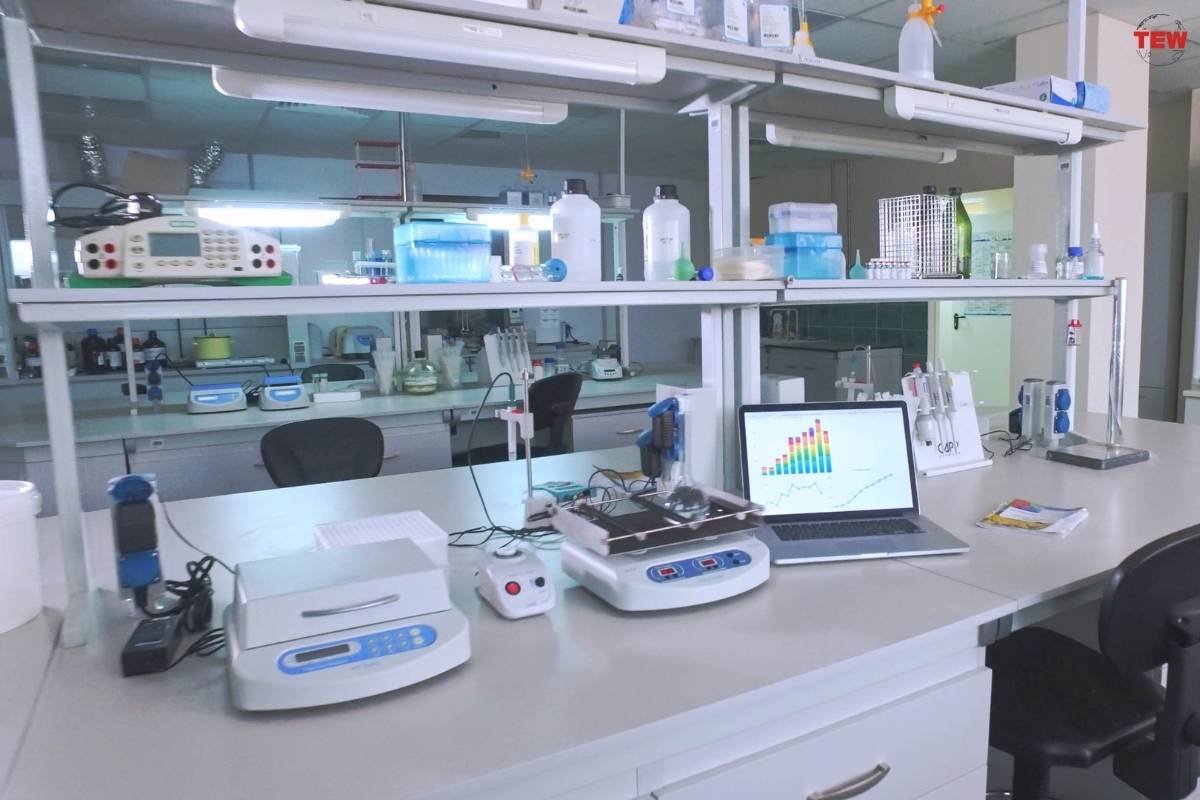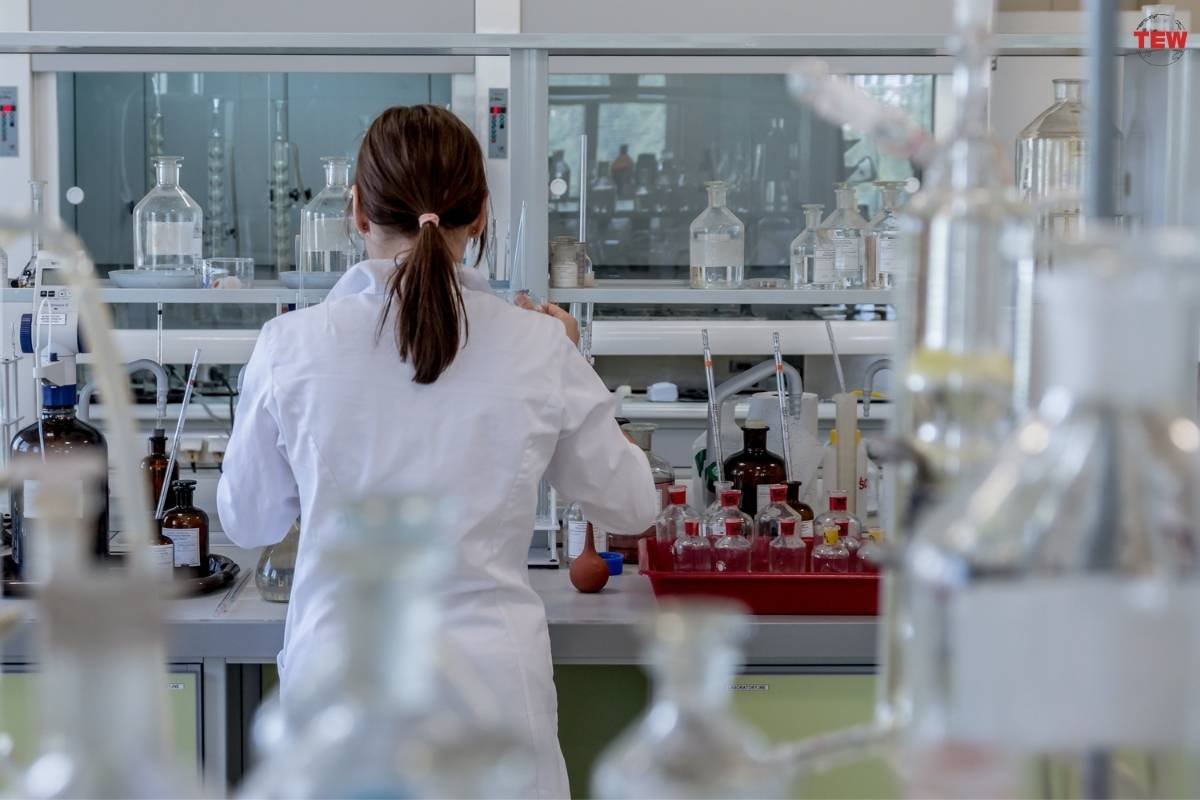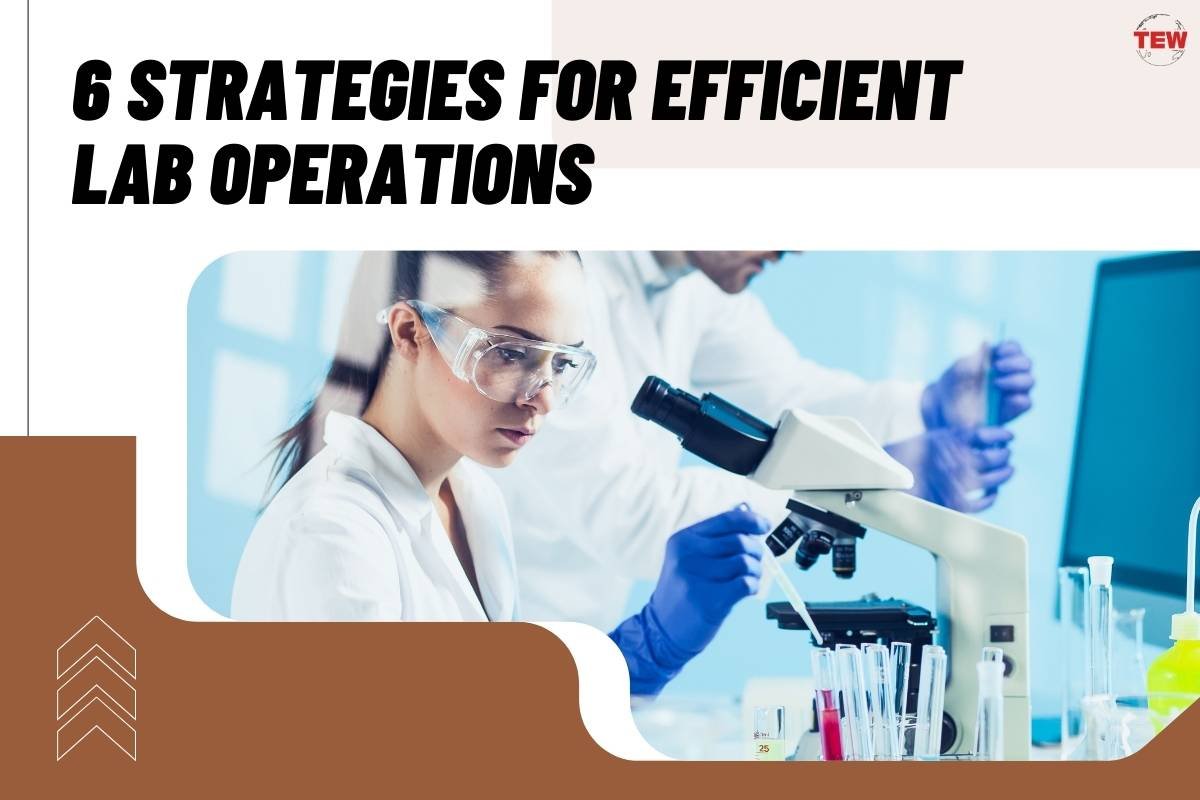Do you want to avoid a disorganized lab environment, misplaced samples, and inefficient workflow? Efficient lab operations are crucial for achieving accurate results, maintaining compliance, and maximizing productivity. This is because minor inefficiencies can lead to costly delays, errors, and frustrations.
But here is the good news: you can easily transform your lab into a well-oiled machine using some strategic lab management approaches like integrating inventory management systems and optimizing lab workflow and layout. These strategies for efficient lab operations will help you to revolutionize your lab operations—from organizing the workspace and handling samples to leveraging cutting-edge solutions. Read on!
6 Strategies For Efficient Lab Operations:
1. Automate Routine Tasks
Consider developing automatic solutions for monotonous work in the laboratory to improve workflow output. Automated systems streamline data entry, sample processing, and complex experiments, saving time and minimizing human error. For instance, liquid handling robots from reliable manufacturers, such as KNF, can prepare samples with high reproducibility, eliminating tedious manual pipetting.
But automation extends far beyond mere liquid handling. Integrated robotic workstations, coupled with intelligent scheduling software and real-time equipment monitoring systems, orchestrate seamless and optimized workflows.
From data entry and sample processing to complex experimental protocols, these cutting-edge setups automate many tasks, minimizing human intervention and the associated errors. This allows your research teams to reallocate their efforts towards higher-value activities, such as data analysis, experimental design, and scientific interpretation, that genuinely leverage their expertise.
2. Implement Lean Laboratory Principles
You can also apply lean management techniques to streamline your lab operations. The lean approach focuses on eliminating wasteful activities that don’t add value. Using such an approach will help in optimizing lab processes without compromising on quality.

The lean process starts with mapping out protocols to identify non-value-adding tasks like unnecessary motion, excessive inventory, and redundancies. By reorganizing workstations, implementing lean inventory management, and refining protocols, you can eliminate these inefficiencies.
In addition to eliminating inefficiencies, lean fosters a culture of continuous improvement through regular kaizen events, where teams collaboratively analyze and enhance processes. Embracing lean principles allows labs to boost productivity, slash costs, and maintain unwavering quality standards
3. Maintain And Calibrate Equipment Regularly
Proper equipment maintenance and calibration are crucial for reliable data and seamless operations. Neglected gears can compromise the accuracy of results, which may cause costly setbacks. To counter this, introduce a detailed, rigid maintenance schedule and stick to it.
For instance, an uncalibrated pH meter could skew sample measurements, invalidating experimental outcomes. Likewise, a malfunctioning centrifuge may not separate components effectively, jeopardizing subsequent analyses. Routinely inspecting, cleaning, and calibrating instruments against known standards ensures precision and equipment longevity.
Consider customizing maintenance frequency depending on usage patterns and manufacturer recommendations. However, you should note that you may need to maintain and calibrate high-use equipment constantly as compared to others. Additionally, establish good recordkeeping practices to track maintenance histories and identify potential issues before they escalate.
4. Adopt Effective Inventory Monitoring
An efficient lab operates with an effective inventory management system. This involves conducting regular stock-taking to ensure all necessary materials are in stock and that no expired or unnecessary items are cluttering the space.
Consider integrating a digital inventory management system to help you identify usage patterns, predict needs, and avoid shortages and overstocking. With these systems, you can gain real-time visibility into quantities, expiration dates, and order histories for every consumable with just a few clicks. Need that critical reagent? Check the system for current levels and reorder points. Excess buffers nearing expiry? Flag them for rotation or disposal.
This data-driven approach reduces guesswork, minimizing waste while maximizing space and budget. So, take advantage of this digital inventory management for a clutter-free, cost-effective lab environment. No more frantic scrambles for back-ordered items or tossing out expired stockpiles!
5. Optimize Lab Layout
The physical layout of your lab can greatly affect efficiency. Arranging equipment and supplies minimizes excessive movement, allowing seamless workflow and maximizing productive research time.

In a thoughtfully designed space, for example, the materials and instruments your team uses often are within easy reach, while items they rarely need are tucked away neatly. Instead of time-consuming hunts for that elusive syringe pump, researchers can easily reach resources, saving wasted minutes they could otherwise use to navigate cluttered workspaces.
This level of intelligent organization pays dividends. Technicians effortlessly transition between experimental stages, their motions fluid and focused, without being limited by environmental obstacles. Time once spent on searching and rearranging is now channelled into value-adding scientific activities.
6. Standardize Procedures
Standardizing lab procedures ensures consistency in how your team conducts and records data. Detailed Standard Operating Procedure (SOP) documents protocols, ensuring extreme consistency between experiments and personnel. For instance, if two technicians are executing the same essay independently using SOP as their guide, you can expect identical methodologies and data recording processes.

This harmonized approach ensures quality in results, reproducibility, and inter-operator transferability. All technicians understand the technique used instead of spending time trying to figure out the procedures used by the previous operator. This allows new research hires to hit the ground running while safeguarding institutional knowledge.
However, standardization is more than just documentation. It’s a mindset that impacts your entire lab operations. From sample handling to instrument calibration, established protocols govern every aspect, eliminating uncontrolled variability. This enhances data credibility while streamlining training and troubleshooting.
Conclusion
Efficient lab operations are the backbone of successful scientific research and innovation. Lab managers and researchers can enhance their operational efficiency and optimize every aspect of their lab for peak performance by implementing the discussed strategies. Note that every step towards optimizing lab operations can lead to significant leaps in scientific discovery and development. So, leverage the power of efficient lab operations to pave the way for a future where scientific discoveries are as seamless as they’re impactful!






